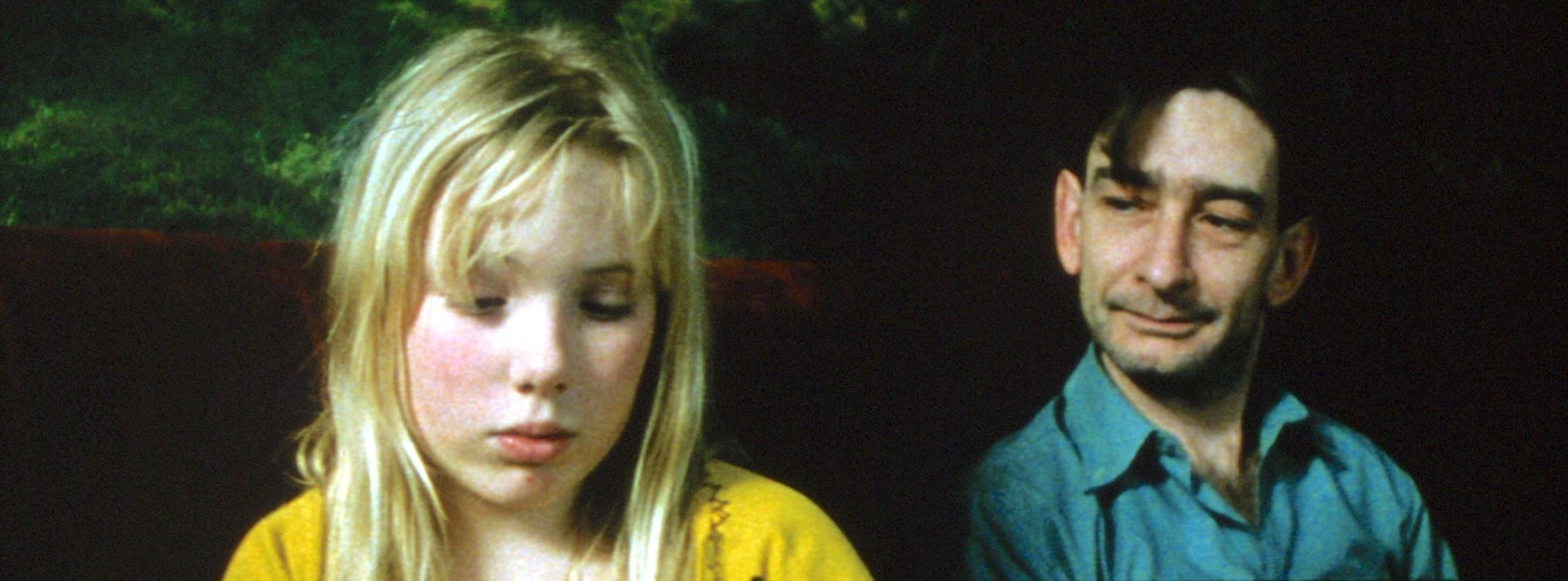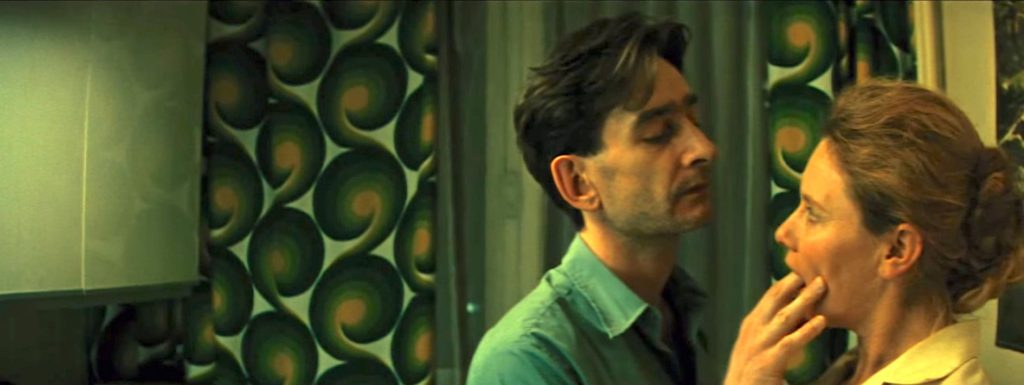La Bouche de Jean-Pierre (sometimes known as Mimi) was the first film Lucile Hadžihalilović directed and in its short 52 minutes’ running time it introduces the theme she’d more fully explore in later films – the arduous, abusive, coercive, manipulative way that human beings are tamed, trained, civilised, call it what you like. The work of the philosopher Michel Foucault, in particular Discipline and Punish – which deals with social control – seems to lurk in the background of all of Hadžihalilović’s films, all of which are extraordinary, often in a quiet and unassuming way.
In this one the action opens with a woman taking an overdose, witnessed by her daughter, Mimi, who ends up being taken into care by the woman’s sister, Solange (Denise Aron-Schropfer), who squeezes Mimi into her tiny apartment in a high-rise block, where a frequent visitor is Jean-Pierre (Michel Trillot), Solange’s boyfriend.
The story of La Bouche de Jean-Pierre is the story of Mimi learning lessons in life, all of which could be described as abusive, from the opening shot of mother taking the pills, on to the coolly offhand way she is treated by Solange and Jean-Pierre, culminating in an encounter with the boyfriend that gives the film its name, which translates as The Mouth of Jean-Pierre.
Mouths feature prominently in the film – as the mother takes her overdose, the camera is in close-up on her lips. Later, Hadžihalilović repeats the shot, except this time it’s Mimi’s mouth we see. She’s learned how to “behave”.
For good measure Hadžihalilović adds a little epilogue at the hospital where Mimi also eventually ends up, just to make sure we understand not just that Mimi’s abuse is continuing, but that she herself eventually becomes complicit in it.
Depressing and disturbing it all undoubtedly is, but also powerful. Playing Mimi is Sandra Sammartino, a girl of maybe ten who’s never made a film since. Perhaps the whole experience put her off for life. It is undoubtedly an unsettling watch, but Sammartino really puts in an exquisite performance as the quiet and watchful Mimi, always on edge, playing with her dolls in a whisper like someone who’s expecting bad things to happen any second and doesn’t want to attract attention to herself.
Gaspar Noé is heavily involved, as he is with most of Hadžihalilović’s films, and she with his (she co-wrote his Enter the Void, for instance, one of the best films of the last 20 years). Here he’s billed as being in charge of editing (though she’s in charge of “assembly”), framing (with Dominique Colin down as being responsible for lighting) and artistic direction, and some of the responsibility for the ostentatious, gothic look of the film must be his (though where “cutting” ends and “assembly” begins is a very vague line). Jump-cuts and dramatic blackouts/whiteouts contrast hugely with the sort of semi-documentary filming style you might associate with Ken Loach. There are a lot of deliberately drab yellows and nauseous greens in this film.
La Bouche de Jean-Pierre was made in 1996 and it would be another eight years before Hadžihalilović came back with Innocence, which is a case of more of the same, at greater length, with a bigger budget, a larger cast (including Marion Cotillard) and a more oblique modus operandi. It’s probably her best film to date, but really, if you want to know what this unusual director is all about, La Bouche de Jean-Pierre makes for a pithy if pitiless introduction.
La Bouche de Jean-Pierre – Watch it/buy it at Amazon
I am an Amazon affiliate
© Steve Morrissey 2022


